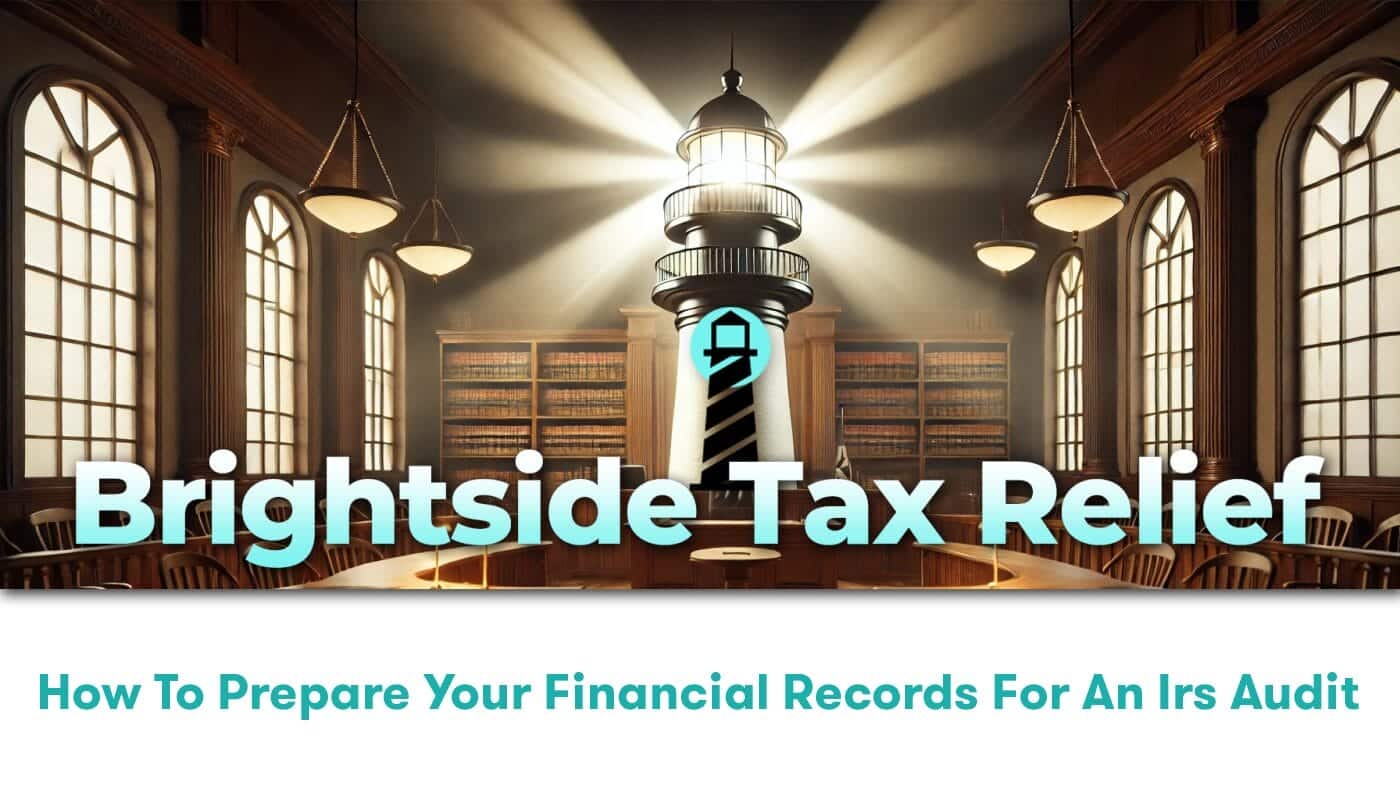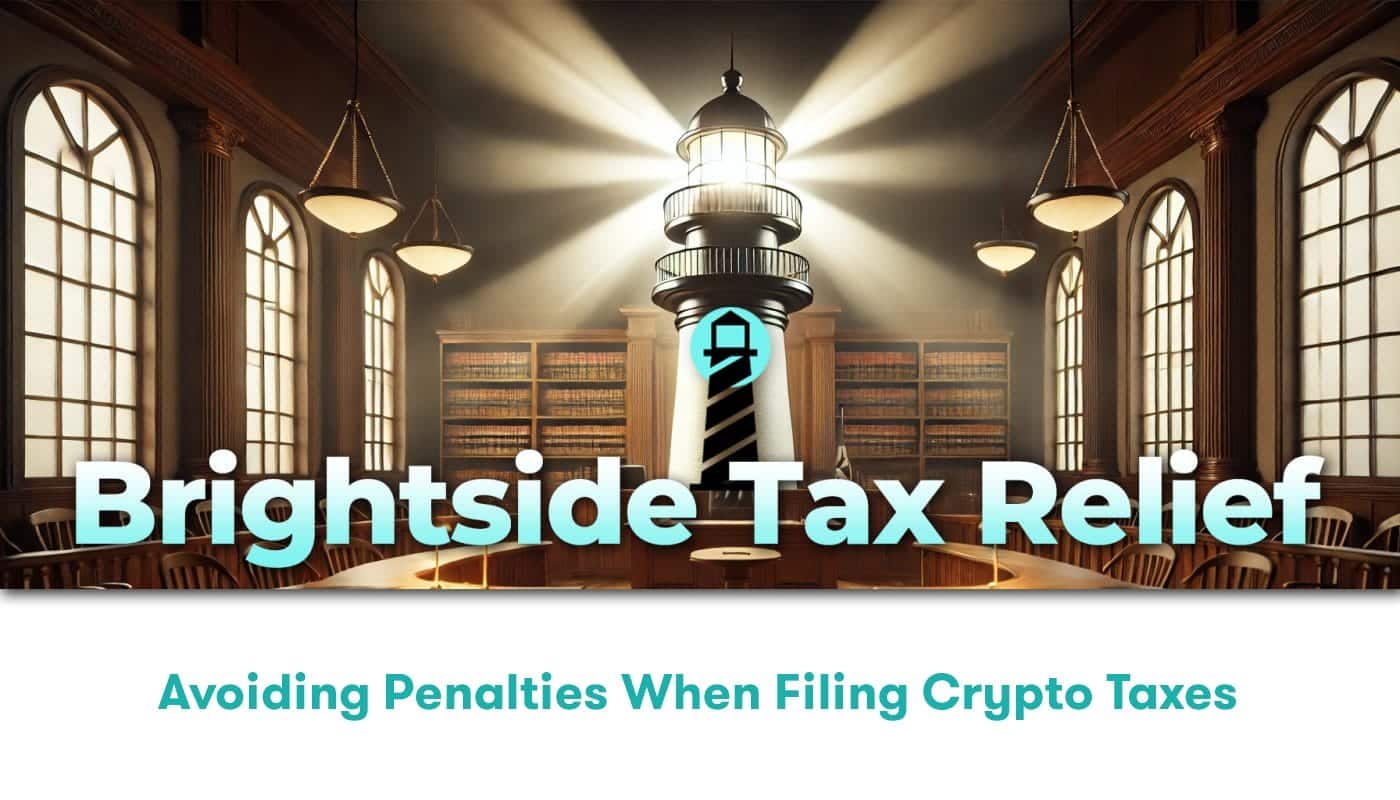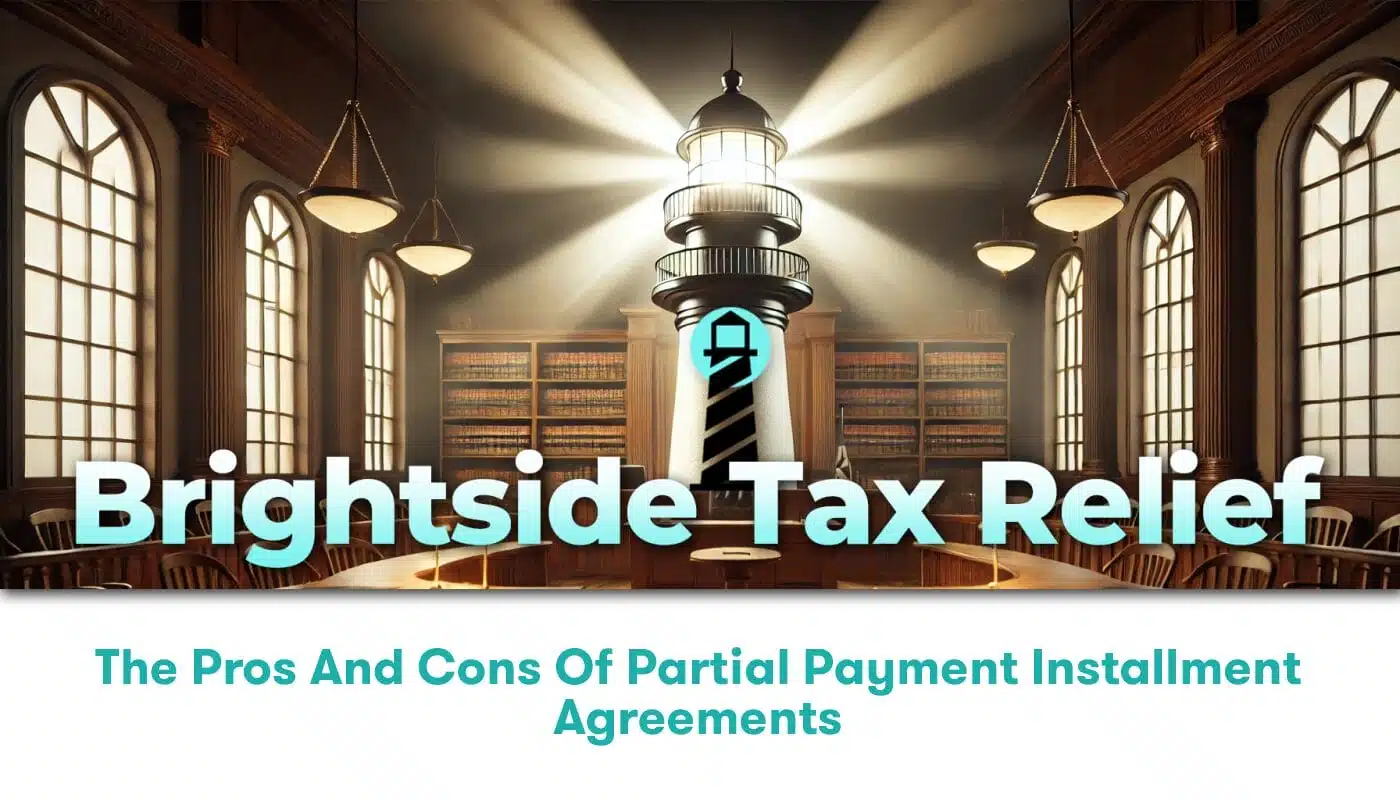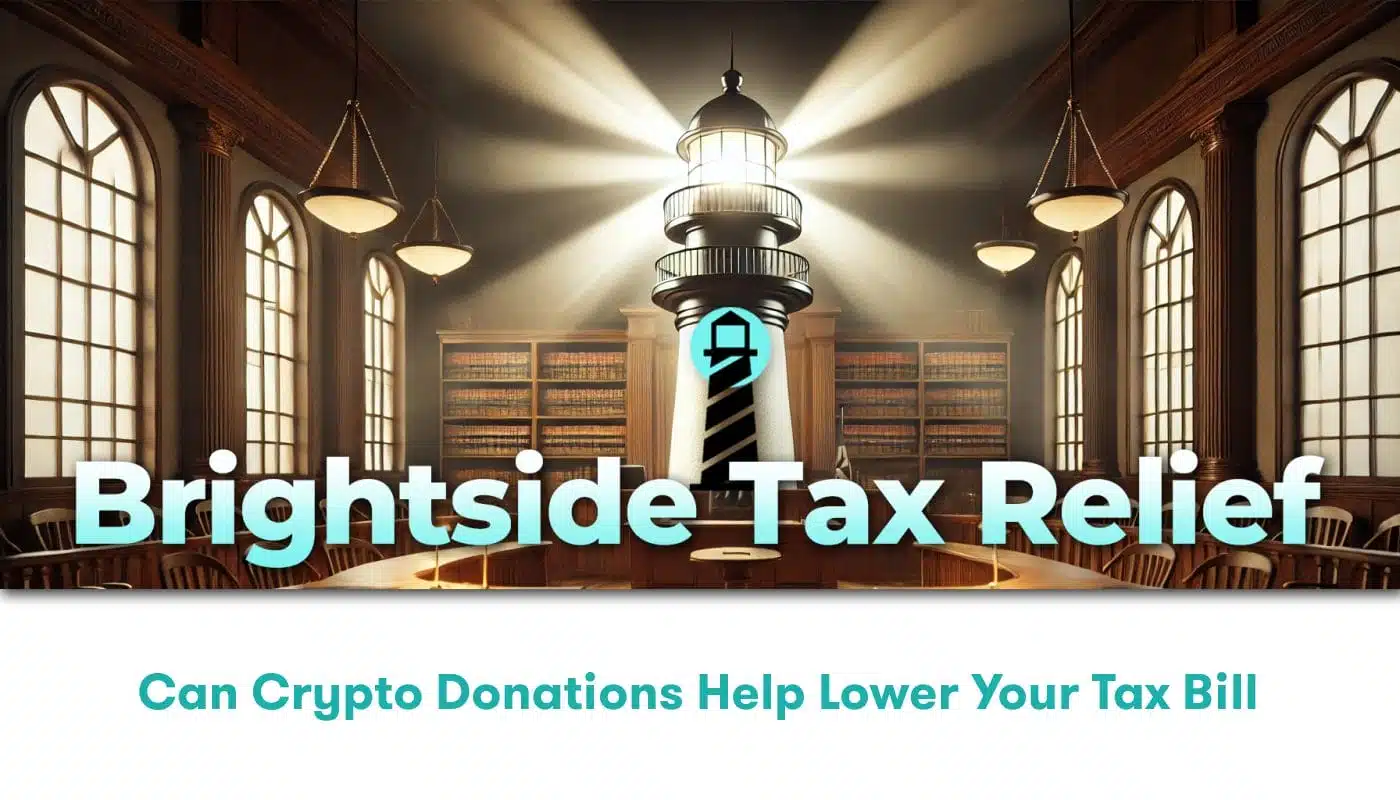Orienting Your Thoughts on IRS Installment Plans
At Brightside Tax Relief, it is our commitment to guide you in your financial journey, making it as smooth as possible. One area where taxpayers often find themselves confused is the IRS Installment Plan. This plan offers taxpayers a manageable way to clear their tax debts over time instead of paying a lump sum at once. Many find themselves grappling with the mechanics of an IRS Installment Plan, but with expert tips, the process becomes simpler and clearer.
Understanding IRS Installment Plans
A first practical step towards comprehending the IRS Installment Plan is understanding its purpose. This plan, offered by the Internal Revenue Service (IRS), allows taxpayers to fragment their total tax debt into convenient, manageable monthly payments. This arrangement can alleviate the burden of clearing tax dues and prevent the stinging consequences of tax non-payment such as wage garnishments, tax levy, or tax lien.
Our financial experts note that even though it has its advantages, an IRS Installment Plan is not without its costs. Firstly, the IRS charges a setup fee for initiating the plan. Also, interest and penalties continue to accumulate until the tax debt is fully paid. Therefore, before choosing this payment option, due consideration of all factors, including long-term implications, is paramount.
Eligibility for an IRS Installment Plan
The IRS doesn’t automatically grant an Installment Plan to everyone who applies – several eligibility requirements come into play. Being current on all your tax returns is a non-negotiable criterion. Also, depending on how much you owe, you may need to provide additional information. When dealing with large tax debts, the IRS may even request a thorough financial statement to understand your ability to pay.
Picking the Right IRS Installment Plan
There are different types of IRS Installment Plans:
- Short-term payment plan: Suitable for those who can clear their tax debt in less than 120 days. There’s no setup fee, but penalties and interest still apply.
- Long-term payment plan (direct debit): Ideal if you owe $50,000 or less and can clear the debt in more than 120 days through the direct debit method.
- Long-term payment plan (non-direct debit): This one is for taxpayers who owe $50,000 or less and can pay it off in more than 120 days but prefer other payment methods apart from direct debit.
It’s essential to choose the right installment plan based on your financial capacity.
Applying for an IRS Installment Plan
The IRS facilitates the application process through its online payment agreement tool. If your tax debt surpasses the $50,000 cap for the online application, you will need to mail Form 9465, Installment Agreement Request, and Form 433-F, Collection Information Statement. You can find these forms on the IRS website.
Staying Current with Payments
Our financial experts cannot stress enough the importance of remaining current with your payments once you’ve secured an IRS Installment Plan. The IRS might terminate your plan if you fail to meet the agreed monthly payments, fail to file your tax returns or incur additional tax debts. If your plan is terminated, you might face the full force of IRS collections and have a harder time securing another agreement in the future.
Negotiating IRS Installment Plans
As a taxpayer listing for an IRS Installment Plan, you’re not without negotiation power. The IRS usually sends a notice indicating the installment amount they’ve calculated based on your tax debt and financial information. However, if this amount is too high, you can counter-propose a monthly payment you can afford. With the help of a competent tax professional, you can negotiate a reasonable monthly rate.
Navigating Financial Challenges
In case of financial difficulties obstructing the clearance of your IRS installment payments, it’s essential to communicate this to the IRS. Depending on the situation, they may adjust your payment or offer a temporary delay.
Parting Thoughts on IRS Installment Plans
An IRS Installment Plan can be a valuable tool for managing tax debt, but it’s not a step to be taken lightly. The process requires the taxpayer to have accurate financial information, be well-organized, and remain committed to the monthly payments. At Brightside Tax Relief, we stand ready to guide you through the process, ensuring that you get the best agreement that suits your financial situation. As we navigate you through this financial journey, our goal is to lighten your load and brighten your financial future.






